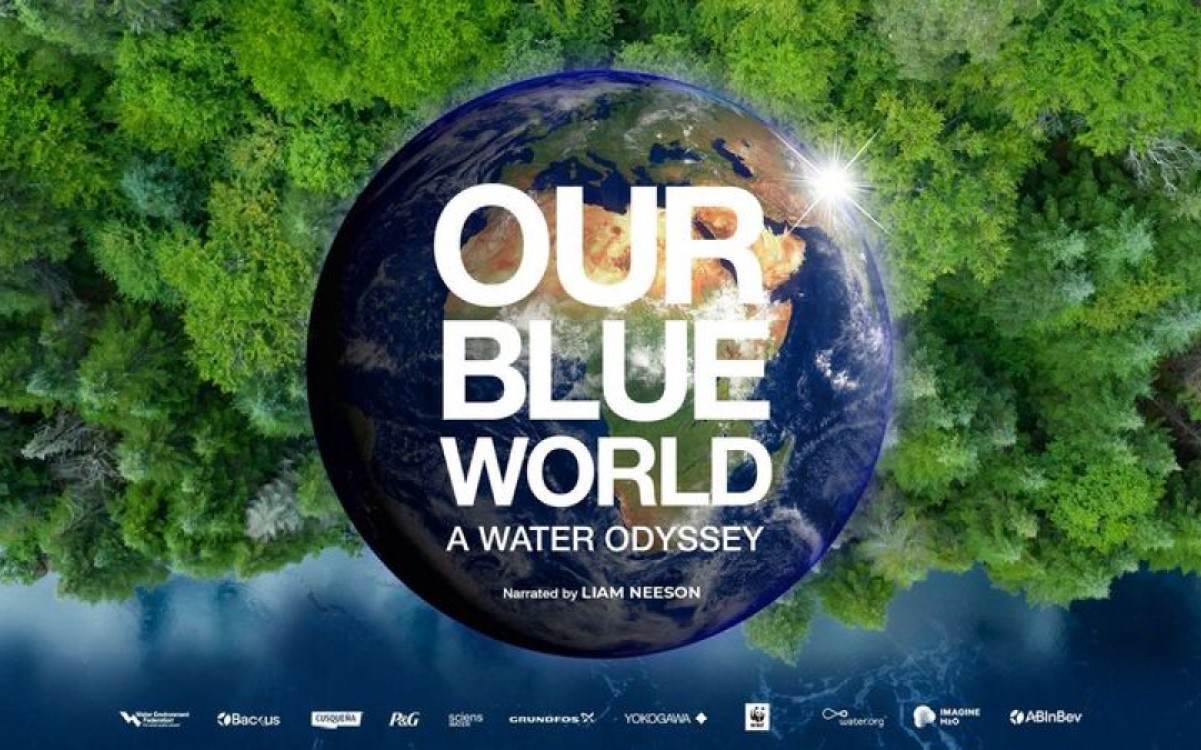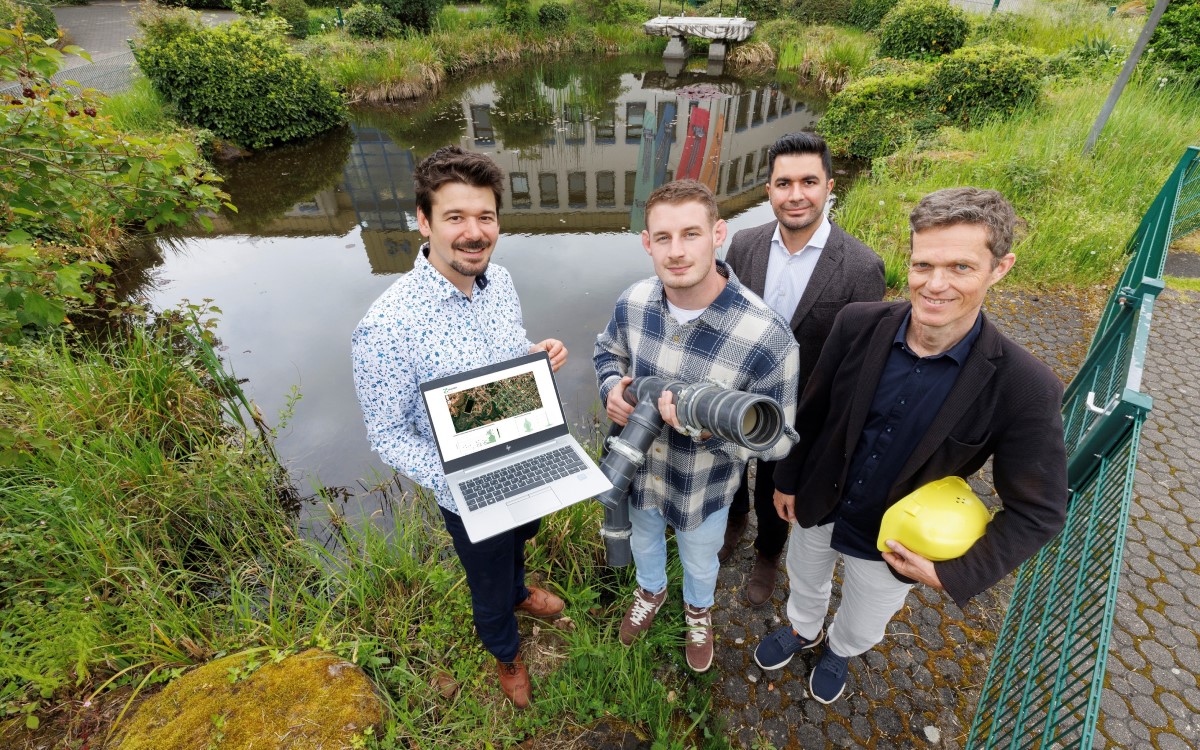08. December 2023 ǀ Sweco’s new report highlights the increasing vulnerability of Europe’s critical infrastructure to extreme rainfall events, emphasizing the urgent need for comprehensive risk assessment and resilient urban infrastructure.
Recent devastating extreme rainfall events in Europe has led to significant monetary consequences. The new Critical Entities Resilience (CER) Directive further highlights the need for resilient urban infrastructure. Sweco has conducted an extensive “Urban Insight” report on the vulnerability of critical infrastructure to climate risks. The study, which explored the policies and perspectives of 26 European cities, underscores the urgent need for comprehensive risk assessment and management to enhance the resilience of critical infrastructure.
Climate change and infrastructure: The rising costs of flooding in Europe
Extreme rain events are rising in Europe, with further increases in frequency and intensity expected due to climate change. Sweco’s new Urban Insight report “Expect the Unexpected: Floods and Critical Infrastructure” recognizes that factors such as urbanization, outdated infrastructure, and geographical location significantly influence exposure to climate risks.
These events can lead to substantial direct and indirect damages, with costs from rainfall-induced floods in 2021 exceeding EUR 38 billion in the Netherlands, Belgium, and Germany alone. The EU Joint Research Centre has found that annual damage to Europe’s critical infrastructure could be ten times higher at the end of the century. According to the European Environmental Agency, the average annual weather and climate-related damage in the whole of the EU was 15.9 billion over the period 2011-2020 and is expected to increase.
Enhancing infrastructure resilience: A call for action in critical sectors
“To enhance critical infrastructure resilience, we need to delve into asset-level vulnerability, considering factors such as location, construction, and design. We must also acknowledge the interdependence of infrastructure systems and prevent cascade effects through cooperation among cities and authorities managing the infrastructure”, says co-author Martijn Steenstra, climate adaptation expert, Sweco Netherlands.
The CER Directive will put further pressure on cities to ensure uninterrupted essential services across 11 critical sectors. Sweco’s report recognizes the significance of social infrastructure, such as hospitals, nurseries, and elderly care facilities, and calls for combining actions for exposure reduction, vulnerability mitigation, and impact reduction, with a focus on timing and cost-effectiveness. The emotional and psychological impacts of infrastructure failures must not be overlooked, including stress and fear among affected populations.
“We were surprised to find that only 27% of the studied resilience policies mentioned homes for the elderly and nurseries – housing some of the most vulnerable groups in our societies. Decision makers should prioritize construction in less hazardous areas, and even consider relocation during upgrades. Avoiding exposure is often the most robust solution”, says Martijn Steenstra.
Holistic climate risk management: A path to resilience
Sweco’s study highlights the importance of a holistic, interdisciplinary approach to building resilience in critical infrastructure as a way forward to a more resilient future. Policymakers, project managers, and cities must collaborate to comprehensively assess and mitigate climate risks, encompassing hazard exposure, asset vulnerability, cascade effects, and impacts on the environment, economy, and citizens.
Summary of key findings:
- Assess Vulnerability and Impact: Beyond exposure, risk assessments should delve into asset-level vulnerability, considering location, construction, and design.
- Study Cascade Effects: Acknowledge the interdependence of infrastructure systems and assess cascade effects through cooperation among managing entities.
- Include Social Infrastructure: Recognize the significance of social infrastructure in resilience efforts and address the emotional and psychological impacts of infrastructure failures.
- Set Clear Goals: Establish action-oriented goals, accounting for acceptable risk levels and cost-effective investments.
- Create Synergy on the Asset Level: Combine actions for exposure reduction, vulnerability mitigation, and impact reduction, focusing on timing and cost-effectiveness.
- Choose the Right Location: Prioritize construction in less hazardous areas and consider relocation during upgrades.
- Set Functional Requirements: Develop sector-specific standards for climate-resilient infrastructure.
Compared findings in percentages
- • Less than 4% of the studied climate and water management policies mentioned financial objects such as banks.
• Only 27% of the studies policies mention elderly and nursery homes.
• 77% of the studied policies mention the electricity sector in relation to rain induced floods.
• Prisons were not mentioned once in the studied climate and water management policies.
• 73% of the studied climate and water management policies mentioned road networks.
• Public order objects such as crisis centres were mentioned in less than 4% of the studied policies.
• Only 39% of the studied policies mention the telecom/IT sector in relation to rain-induced floods.
• More than 55% of the policies referred to the water supply objects such as drinking water stations while only 40% of the policies mentioned sewage treatment plants.







